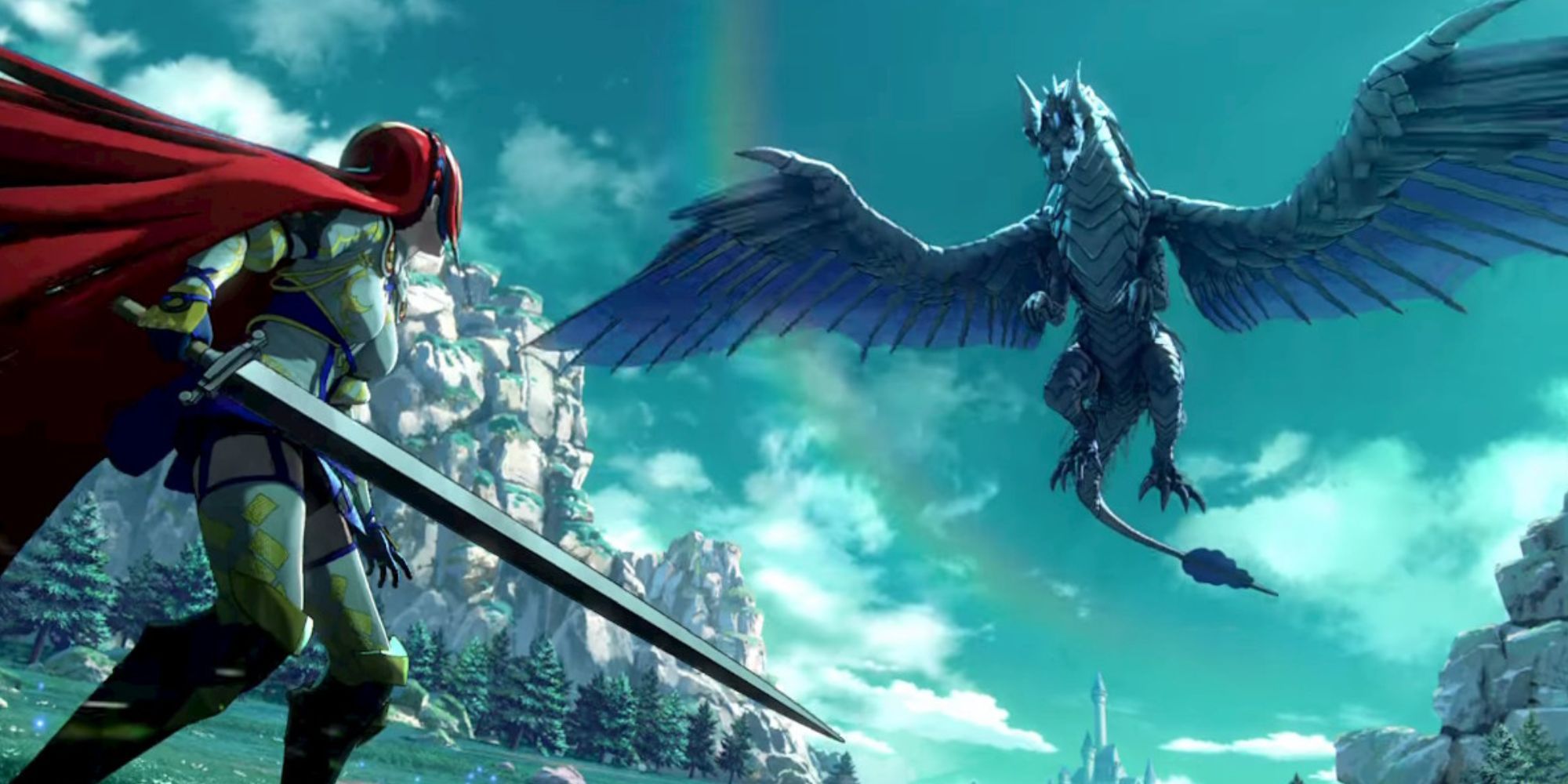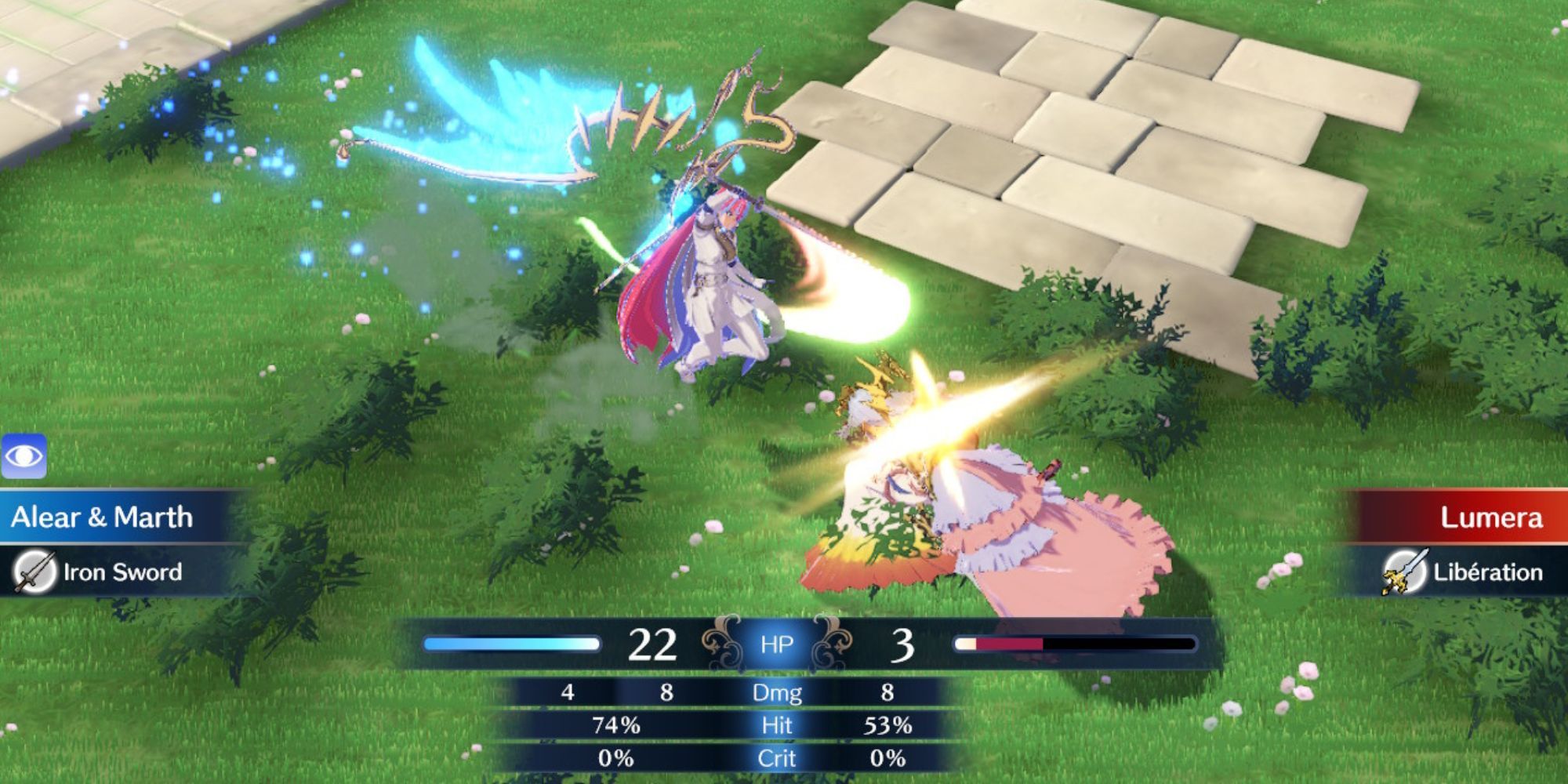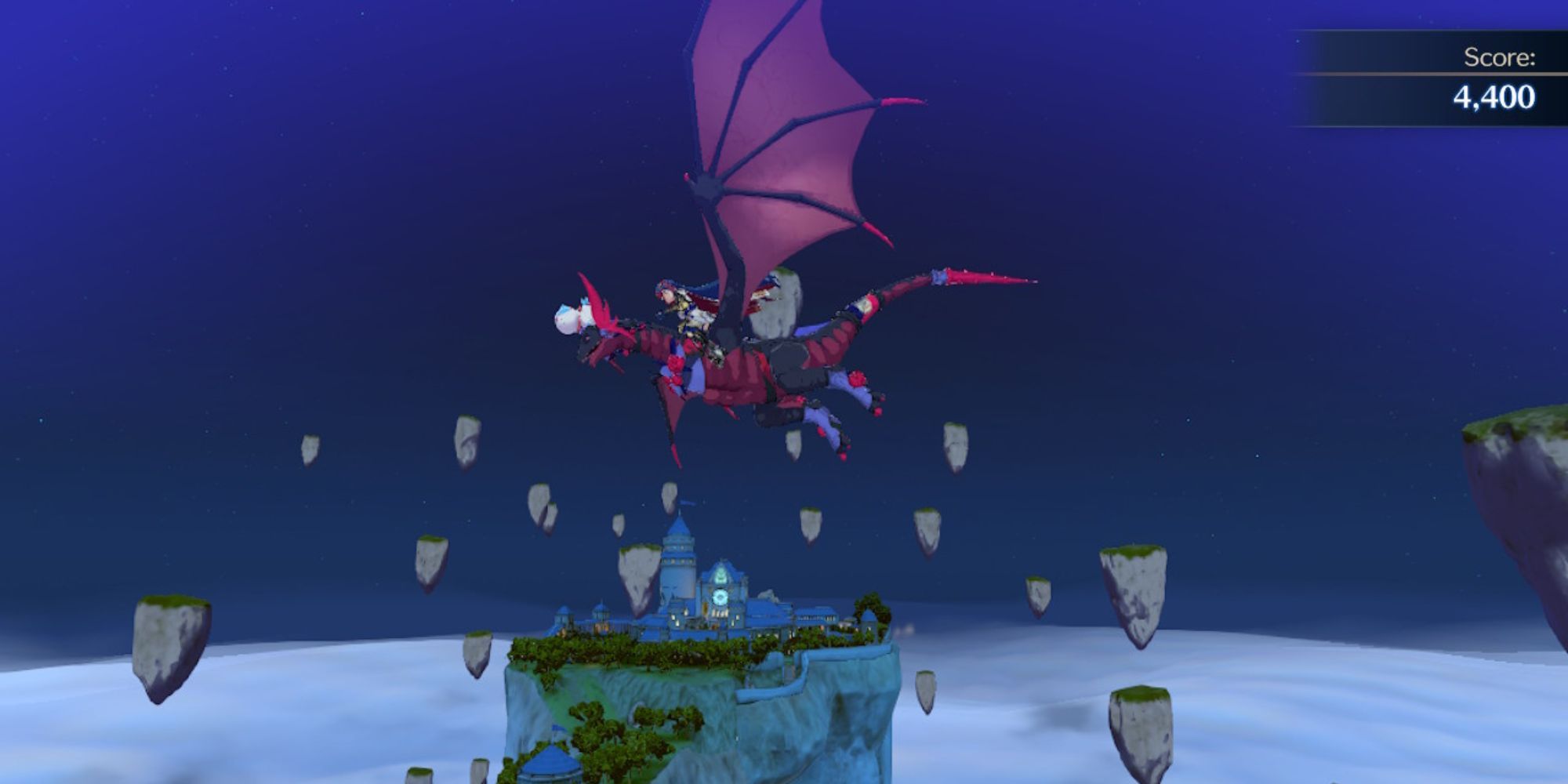|
Our Score |
5.5/10 – Mediocre |
|
The Good |
Captivating secondary antagonists and highly welcomed side activities |
|
The Bad |
Engage system is very unbalanced, lack of innovation in many game aspects |
|
Release Date |
January 20, 2023 |
|
Developed By |
Intelligent Systems |
|
Available On |
Nintendo Switch |
|
Reviewed On |
Nintendo Switch |
Fire Emblem Engage is a tantalizing imagining of what could have been had Nintendo envisioned Fire Emblem Awakening with mod support. The game’s narrative and core gameplay echo the blueprint that has defined the series, but the new ‘Engage’ system upends some of the strategy stables that were once considered immutable. Any seasoned tactician will feel captivated by the variety of powerful abilities that Engage offers, but that newfound liberation is both a gift and a curse.
For the uninitiated, Fire Emblem is a strategy JRPG series that weaves spellbinding war tales of heroes who struggle against evil through forging bonds on the grid-based battlefields. Engage also plays it safe by going with a similar premise to Awakening; A war between the four regions of the Elyos continent where one side is trying to resurrect a world threat dragon called Sombron. The unique twist here is that you can–as the sacred hero Alear who lives on the fifth floating neutral land Lythos–harness the powers of past Fire Emblem protagonists through the Emblem Rings containing their valiant spirits, and grant powerful abilities to your war buddies to help prevent Sombron’s apocalyptic return.
The series has long emphasized how each character is one-of-a-kind and brings something special to your arsenal, such as needing the player to adapt their strategies around their Tolkien-esque class evolutions (like dark sages and wyvern knights) and their individual strategic traits. Players also had to think about which unit to pit against an enemy unit depending on their personal skills, the attributes of the weapons they hold, and any combat bonuses between allies who have deepened their bonds on and off the battlefield.
That said, the new Engage system allows units to circumvent the predefined rules that bind them, such as limited movement, attack ranges, class-specific abilities or damage types, by having the Emblem Rings bestow abilities upon units that are otherwise unattainable for their class or stats, thereby undermining the fundamental principles of Fire Emblem’s unit management.
For example, the “Goddess Dance” ability of Three Houses’ protagonist Byleth lets any unit act out of turn, but this powerful ability renders the Dancer class, known for this very ability, obsolete. Similarly, Shadow of Valentia’s Celica can teleport you anywhere up to 10 spaces with her “Warp Ragnarök”, and Blazing Blade’s Lyn can use her “Astra Storm” to strike at distant foes, so the wide movement and attack range for specialized classes such as bow and griffon knights can become outmatched by pretty much any character in the game.
Such a system might be appealing as it helps fill gaps in a preferred unit’s shortcomings, especially with how your units can inherit some of the Emblems’ skills by raising their mutual bonding ranks. But it also significantly reduces the need to devise appropriate strategies centered around the game’s existing classes and their specific properties, or work around their limitations. Having each unit capable of doing anything leads to an overall reduction in strategic depth, and even feels counterintuitive for a strategy RPG. The story acknowledges how overpowered the Emblem Rings are by randomly restricting their use in certain narrative scenarios, adding further confusion about whether to organize my units around these rings or not.
Each story chapter is structured so that Emblem Rings–rather than enemy strategies or unit builds–determine the difficulty. Normally in Fire Emblem, you would utilize healing items like vulneraries and elixirs to endure longer in battles, but in Engage, you can just use Micaiah’s “Great Sacrifice” to restore full health to all allies in exchange for the equipped unit’s health, which is not an equivalent exchange.
Corrin’s terrain-changing Dragon Vein ability is not new, but it had very limited uses when it was first introduced in Fire Emblem Fates. Here however, a ring ability can be used multiple times throughout each skirmish to ignore terrain advantages/disadvantages. The Emblem Rings encourage you to ignore basic components of the strategy formula by design, instead of giving you an incentive to strategize and think more.
The Emblem Rings encourage you to ignore basic components of the strategy formula by design, instead of giving you an incentive to strategize and think more.
As I was moving across the breathtaking desert of Solm, or the mountainous Brodia Kingdom, I found that every aspect of the combat and narrative would invariably revolve around the Emblem Rings, not giving space for more nuanced stories and conflicts to emerge. The significance of many cast members’ personal contributions to the overall war effort dims in comparison to how many rings each side possesses. This is basically all everyone talks about in the story, and many characters (and world territories) end up lacking substance or story relevance.
The game relies on the typical one-dimensional dark lord-dragon-serpent villain trope so beloved by the series, and the Emblem Ring plot device fails to reach the same level of intensity and scope as some of the more iconic titles in the series, such as Three Houses’ Game Of Thrones-esque world or Path of Radiance’s continental race wars.
I do admit that the game’s cast of evil minions, the Four Hounds, are an interesting bunch, evoking an odd kind of sympathy through their shared theme of yearning for a mother figure and a family (which ties into the protagonist’s own longing for a mother). This intriguing link between the protagonist and the side villains, coupled with the hounds’ proactive and aggressive strategies, as well as their abilities to manipulate the battlefield through the creation of meteors and avalanches, offer a compelling challenge that kept me going. This game could really have been called Fire Emblem: The Four Hounds, because they’re far more of a highlight than the Engage system.
Aside from the Engage system, the game offers little in the way of new or unique features. The semi-open mission-based world, Paralogue side missions, bare-bones romance system, and multiplayer components are all recycled from previous iterations in the series (except for multiplayer map creation, but that would’ve benefited from having more expansive creation options).
In fairness, Engage doesn’t completely cling to outdated conventions. Each recruited character gradually unlocks side activities and mini-games, such as rail-shooting and fortune-telling in the game’s floating fifth region that got outfitted into a hub-world of sorts. This breaks the mold of recruiting characters only for their strategic value, and adds a sense of discovery to the story structure.
Veterans looking forward to their favorite character’s return might want to manage their expectations, as the only legacy character with any significant story value or substantial dialogue is Marth from the original Fire Emblem. The Emblem Rings’ skill inheritance feature provides a modicum of fun and creativity in building your desired unit, but it ultimately falls short of the depth that you’d expect from a franchise of this caliber.
Fire Emblem Engage is mostly a streamlined experience that gives you a taste of what the series has to offer, but doesn’t showcase its true potential as a strategy game. It lacks genuine innovation, and doesn’t quite meet the standards set by previous entries or establish a challenging and balanced system that reflects Fire Emblem’s core identity.




